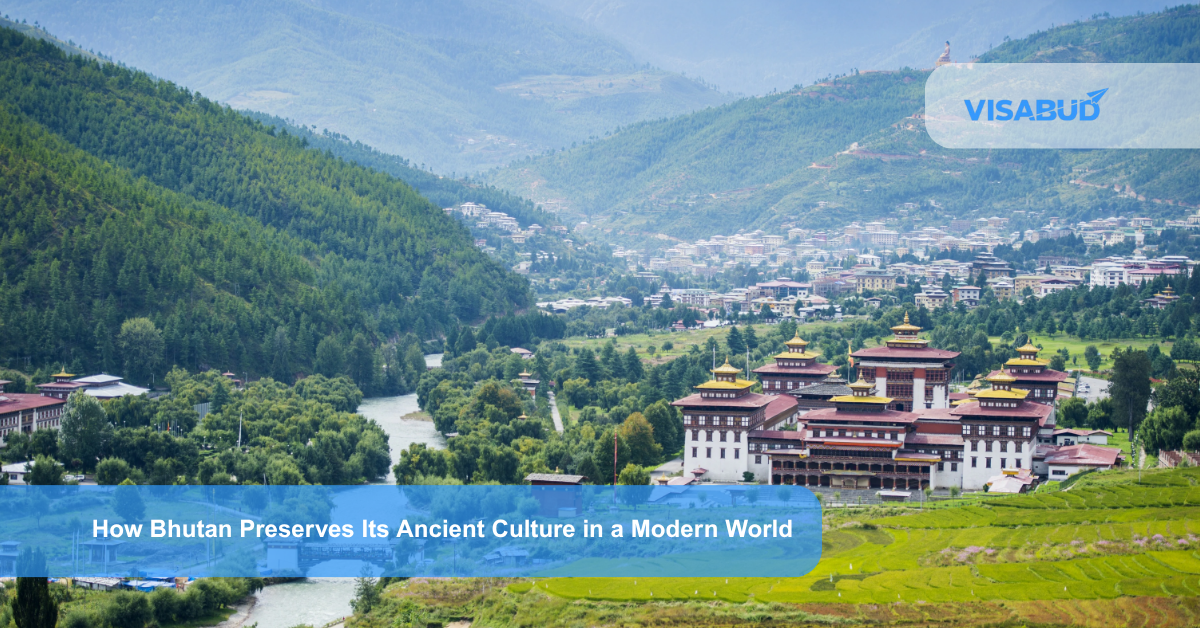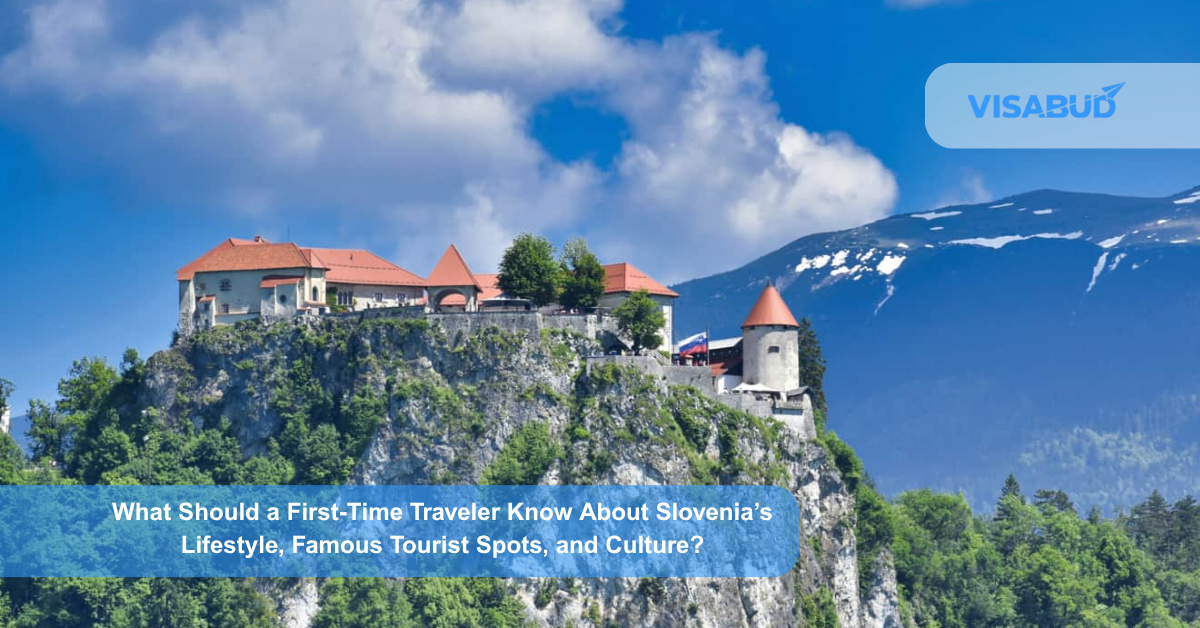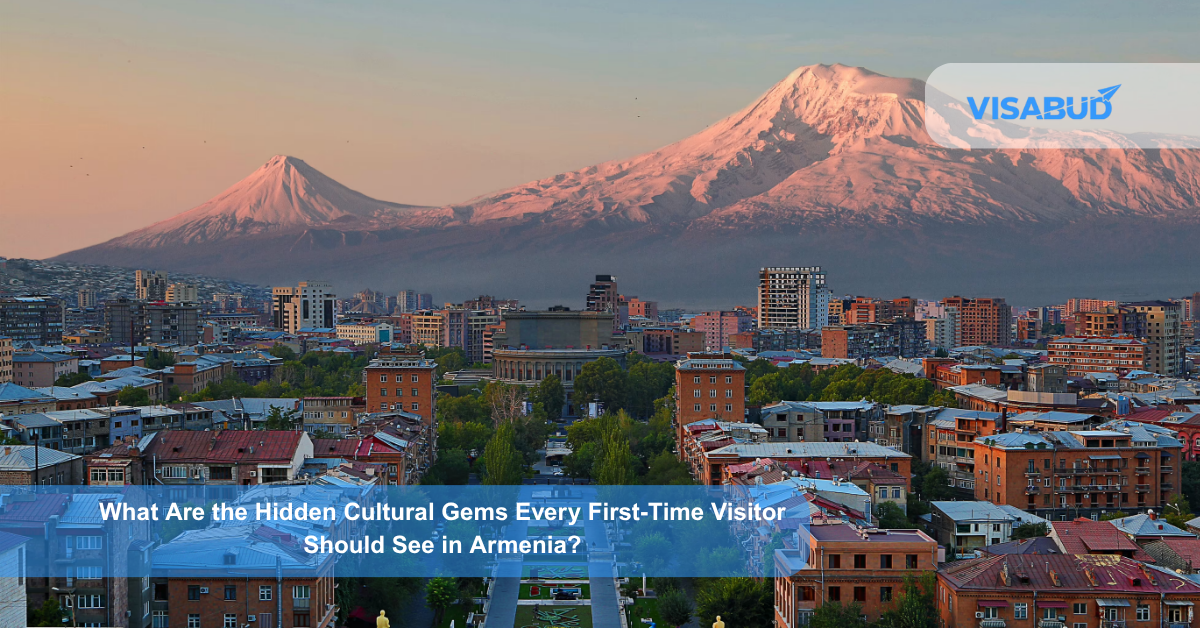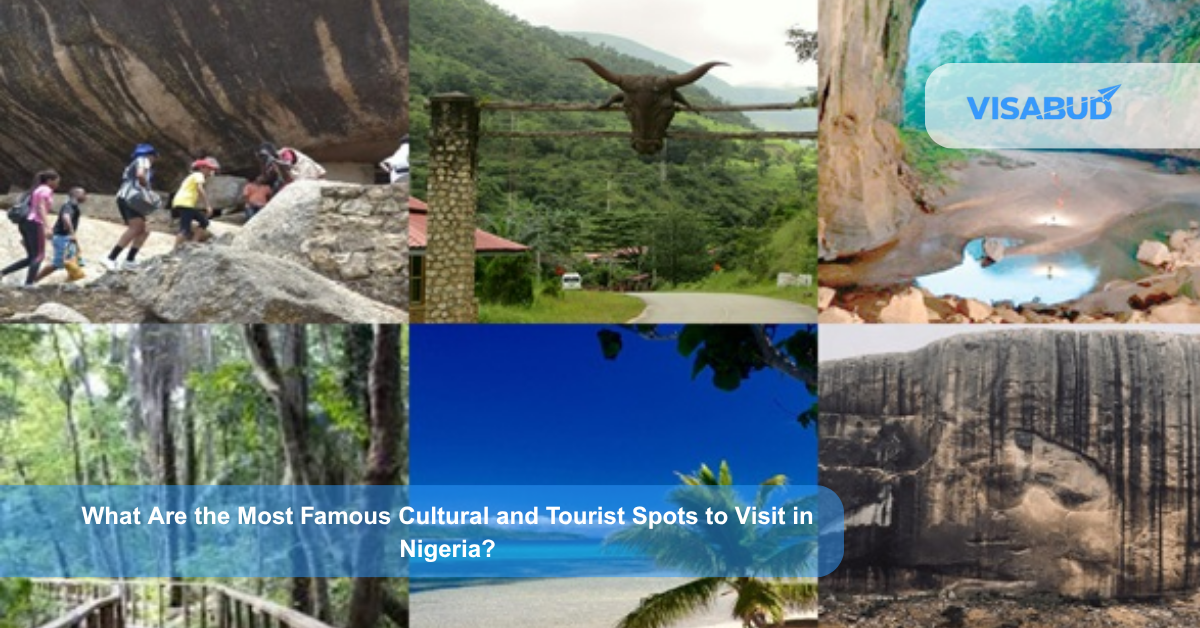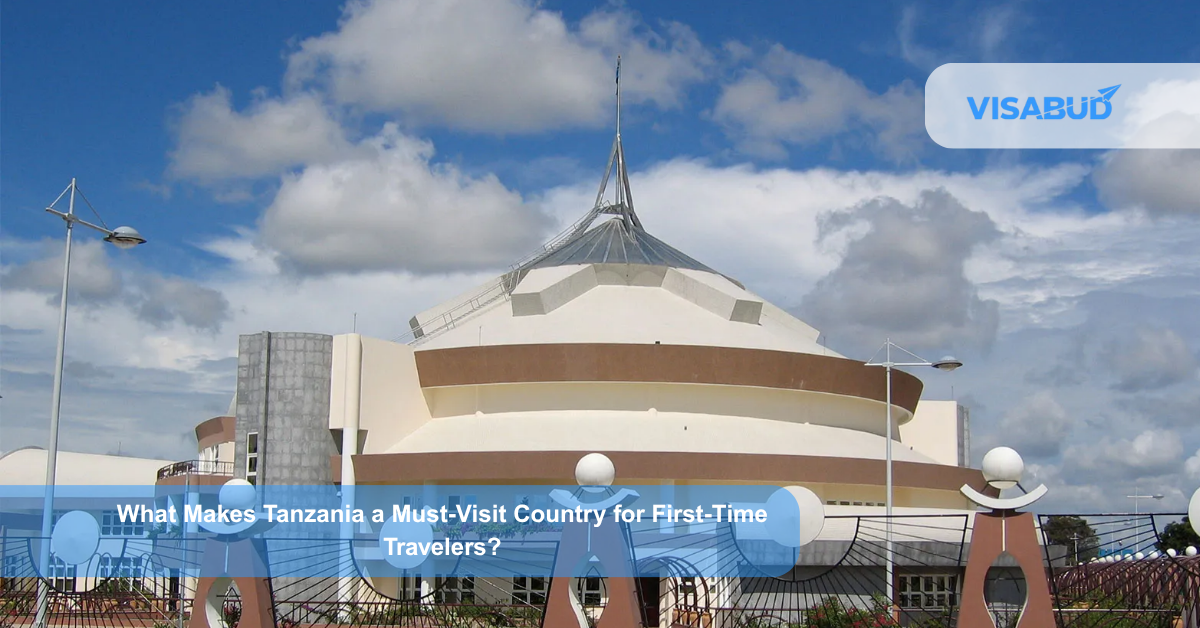Bhutan, the tiny Himalayan kingdom, is often called the “Land of Happiness.” Beyond its stunning landscapes, snow-capped mountains, and monasteries, Bhutan stands out for its unique ability to preserve its ancient culture while embracing modern development. In a world where globalization is rapidly changing lifestyles, Bhutan offers an inspiring example of how a country can stay true to its heritage.
The Essence of Bhutanese Culture
Bhutanese culture is deeply rooted in Buddhism, traditional customs, and a sense of community. These elements are visible everywhere: in the architecture of dzongs (fortress-monasteries), the brightly painted wooden houses, the traditional dress called gho for men and kira for women, and even in everyday social interactions.
Government Policies Protecting Culture
Bhutan’s government actively works to preserve its culture while modernizing the country. Policies focus on balancing development and tradition.
Festivals: Living Traditions
Festivals, called tshechus, are among the most visible ways Bhutan keeps its traditions alive.
Festivals are not just entertainment; they reinforce values, history, and community bonding.
Handicrafts and Art Preservation
Bhutanese crafts are highly valued. The government supports local artisans, ensuring traditional skills survive in a modern economy.
These crafts are increasingly sold to tourists, giving traditional art a practical role in modern life.
Media and Technology: Modern Tools, Traditional Goals
Even with the digital revolution, Bhutan uses technology to preserve culture.
The key is selective modernization: using modern tools to protect, not replace, traditional culture.
Tourism: Culture as a Living Experience
Bhutan controls tourism carefully with a “High Value, Low Impact” policy.
Community Involvement
Bhutanese culture thrives because communities actively participate in preserving it.
Challenges and Opportunities
While Bhutan’s approach is unique, it’s not without challenges:
However, Bhutan’s proactive policies and cultural pride provide strong tools to navigate these challenges.
FAQs About Bhutanese Culture
1. How does Bhutan balance modern development with traditional culture?
Through policies like Gross National Happiness, controlled urbanization, and education that integrates traditional knowledge with modern skills.
2. What are dzongs and why are they important?
Dzongs are fortress-monasteries that serve as religious, administrative, and community centers, preserving architecture and spiritual practices.
3. What is Gross National Happiness (GNH)?
GNH is Bhutan’s development philosophy that measures progress by well-being and cultural preservation rather than just economic growth.
4. Are traditional clothes mandatory in Bhutan?
While not legally mandatory for casual wear, wearing gho or kira is encouraged in offices, schools, and government buildings.
5. How are festivals important to Bhutanese culture?
Festivals, or tshechus, maintain religious practices, teach history through dance, and strengthen community bonds.
6. How is technology used to preserve culture?
Through digital archives, broadcasting traditional content on TV and radio, and promoting crafts and festivals online.
7. Can tourists help in preserving culture?
Yes, Bhutan’s tourism model ensures visitors experience traditions firsthand, providing economic support to communities and artisans.
8. How do Bhutanese communities participate in cultural preservation?
Villagers maintain temples, organize local festivals, and pass down oral traditions and crafts to younger generations.
9. What traditional crafts are still practiced in Bhutan?
Thangka painting, weaving, wood carving, and metalwork are actively preserved with government and community support.
10. What challenges does Bhutan face in preserving culture?
Youth exposure to global culture, economic pressures, urbanization, and environmental threats pose challenges, but proactive policies help mitigate them.
Final Words
Bhutan proves that it’s possible to grow and modernize without losing one’s roots. Its people, government, and communities work hand in hand to keep traditions alive, from festivals and crafts to clothing and architecture. Even in a fast-changing world, Bhutan shows that culture is not just about the past, it can guide the present and shape the future.
For anyone looking to preserve heritage while embracing progress, Bhutan offers a powerful lesson: respect your roots, involve your community, and use modern tools wisely. In doing so, ancient culture doesn’t fade away, it thrives.
